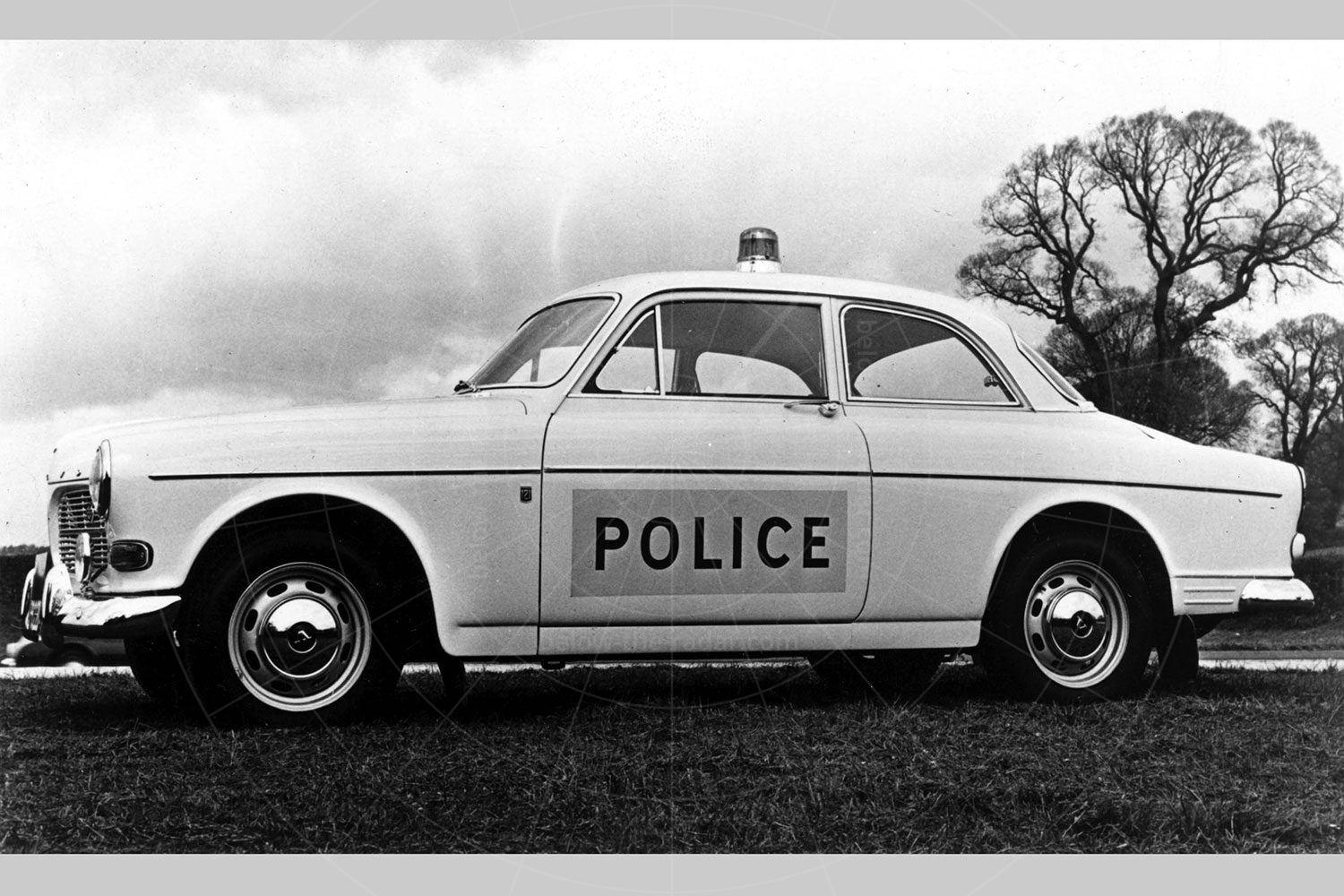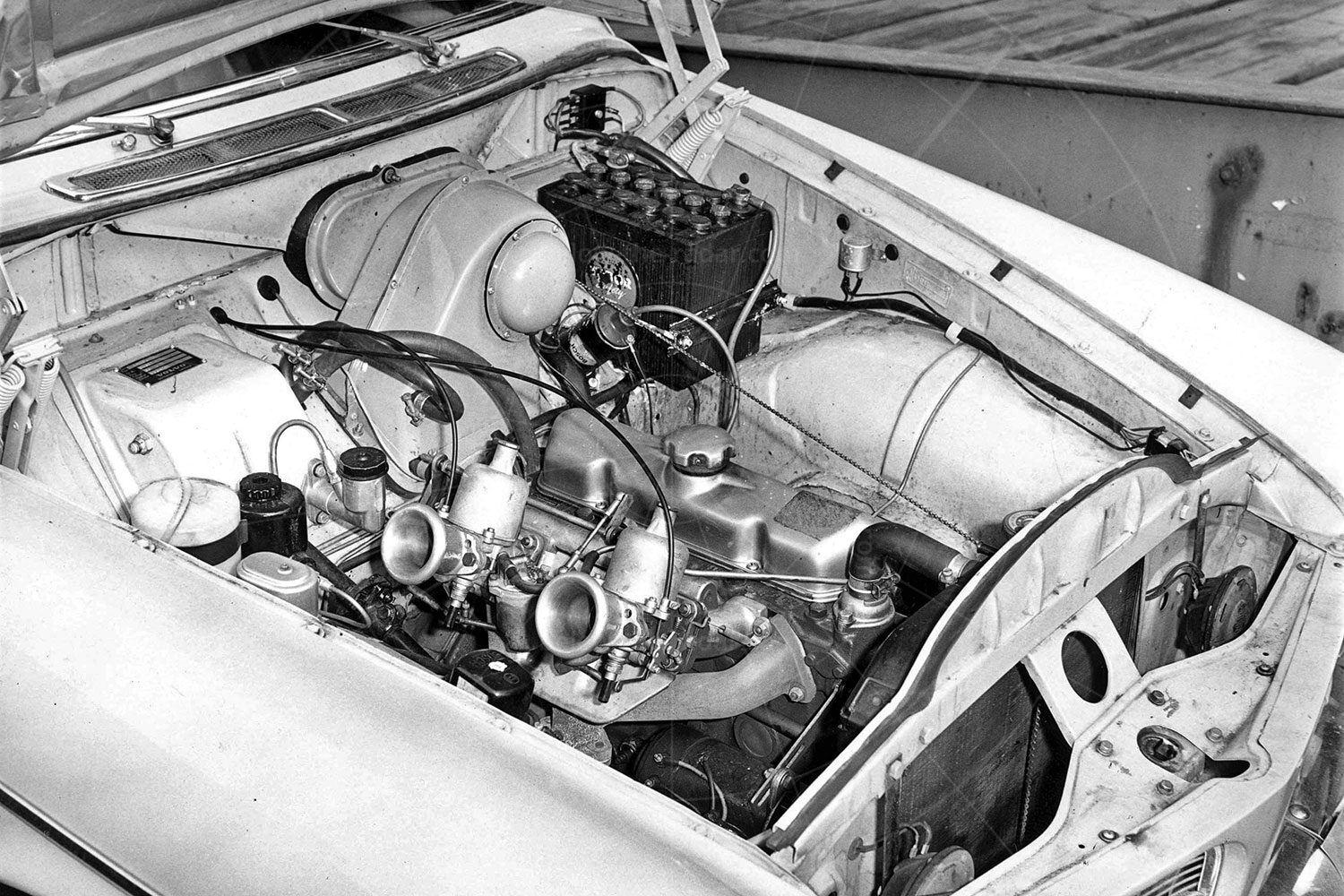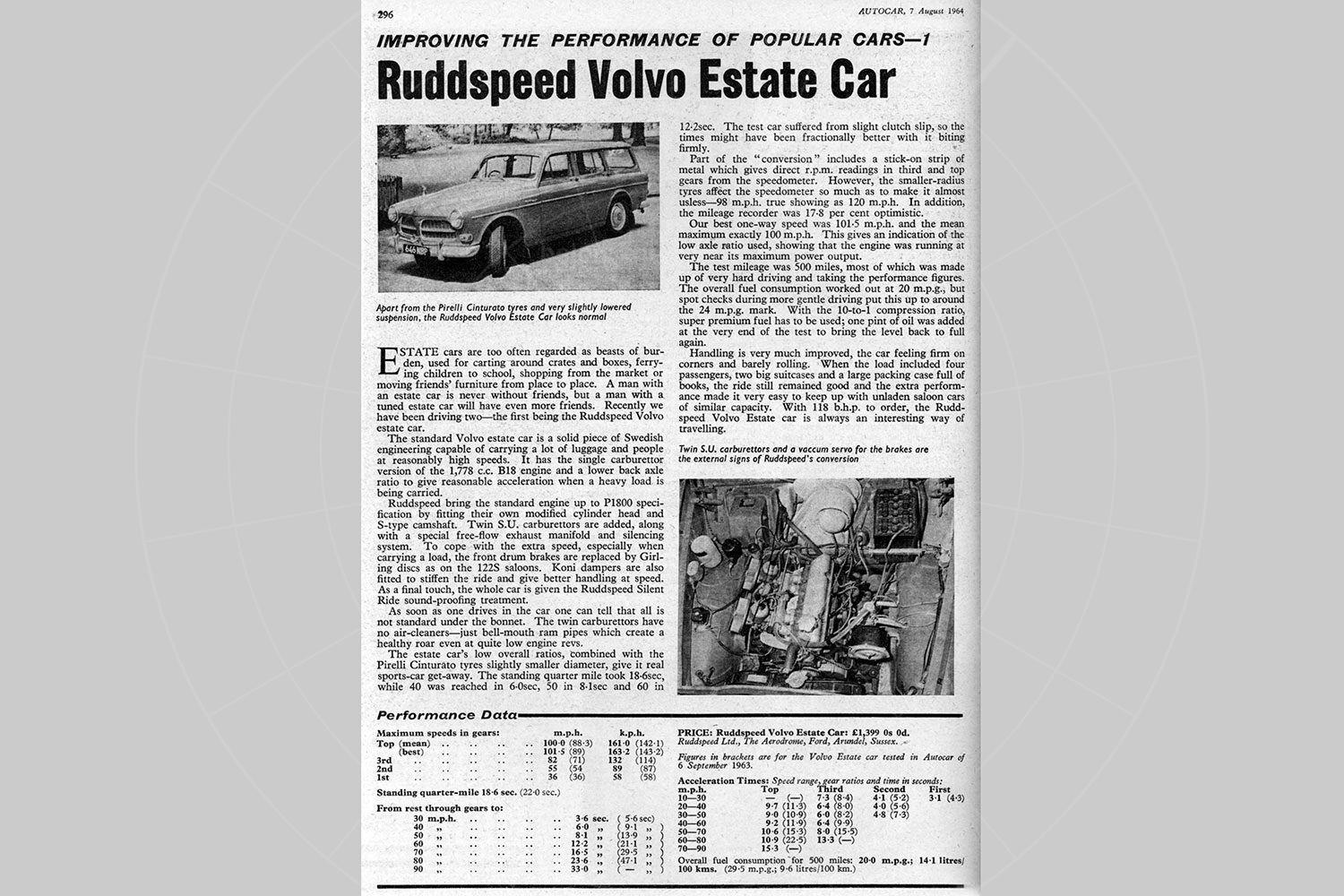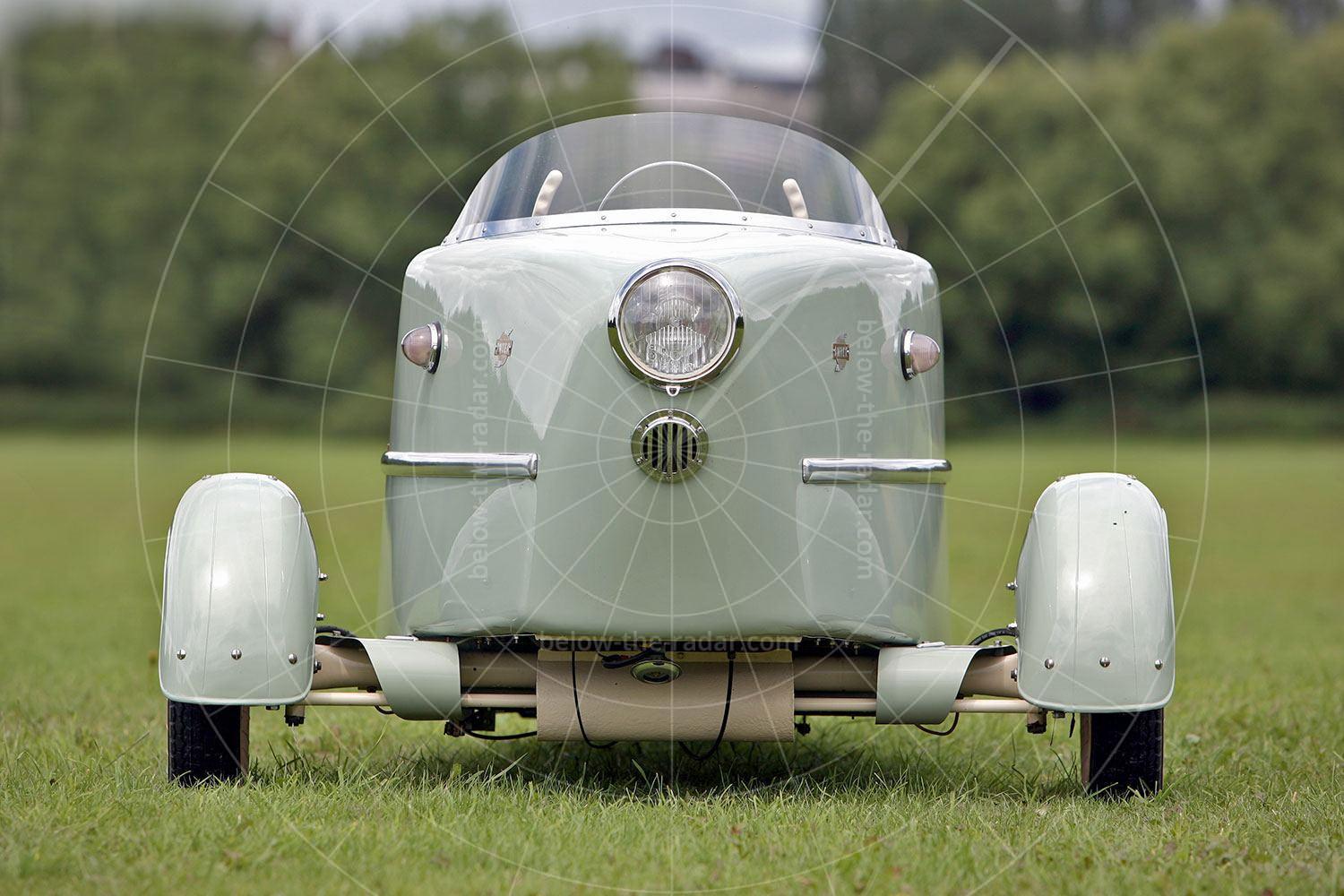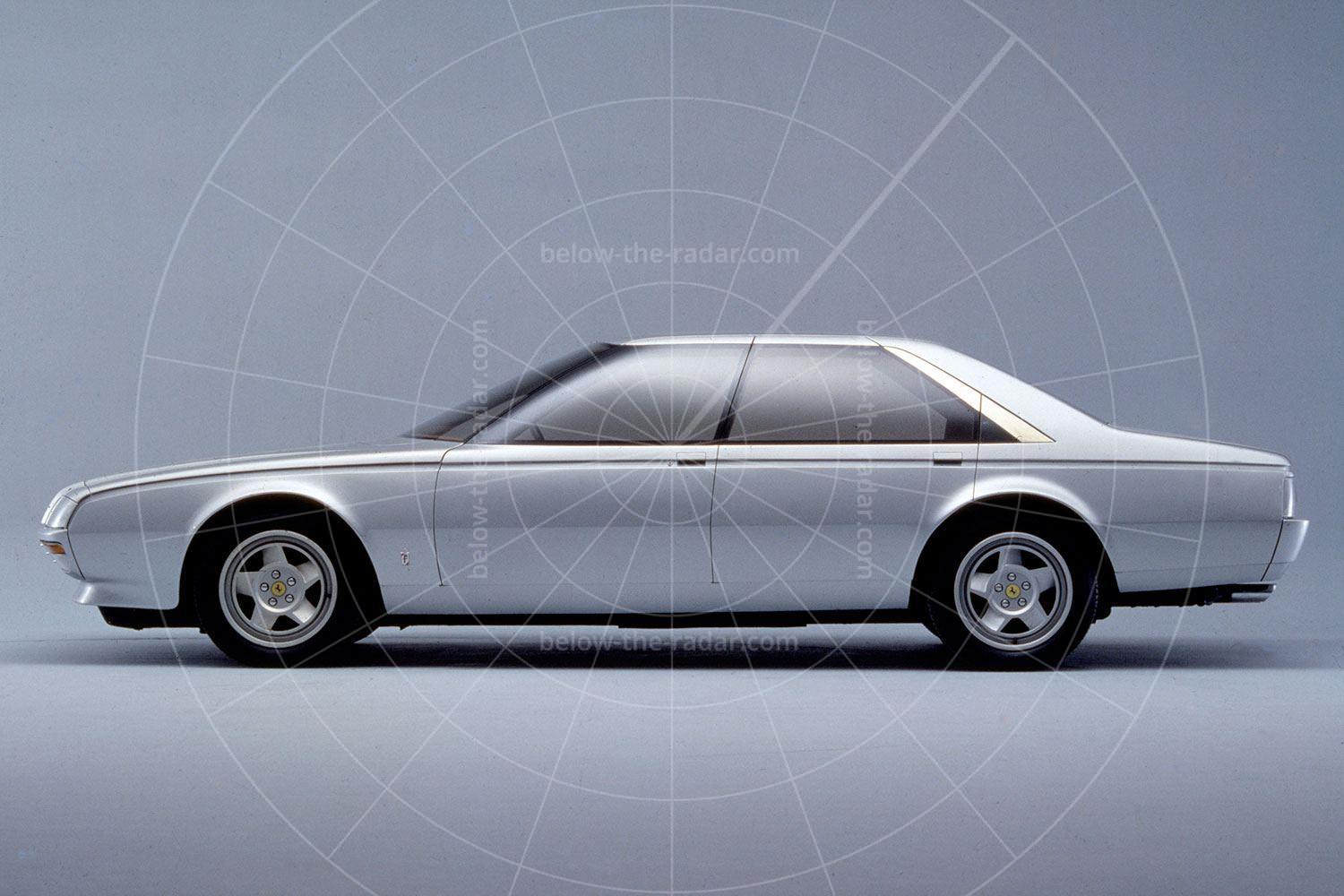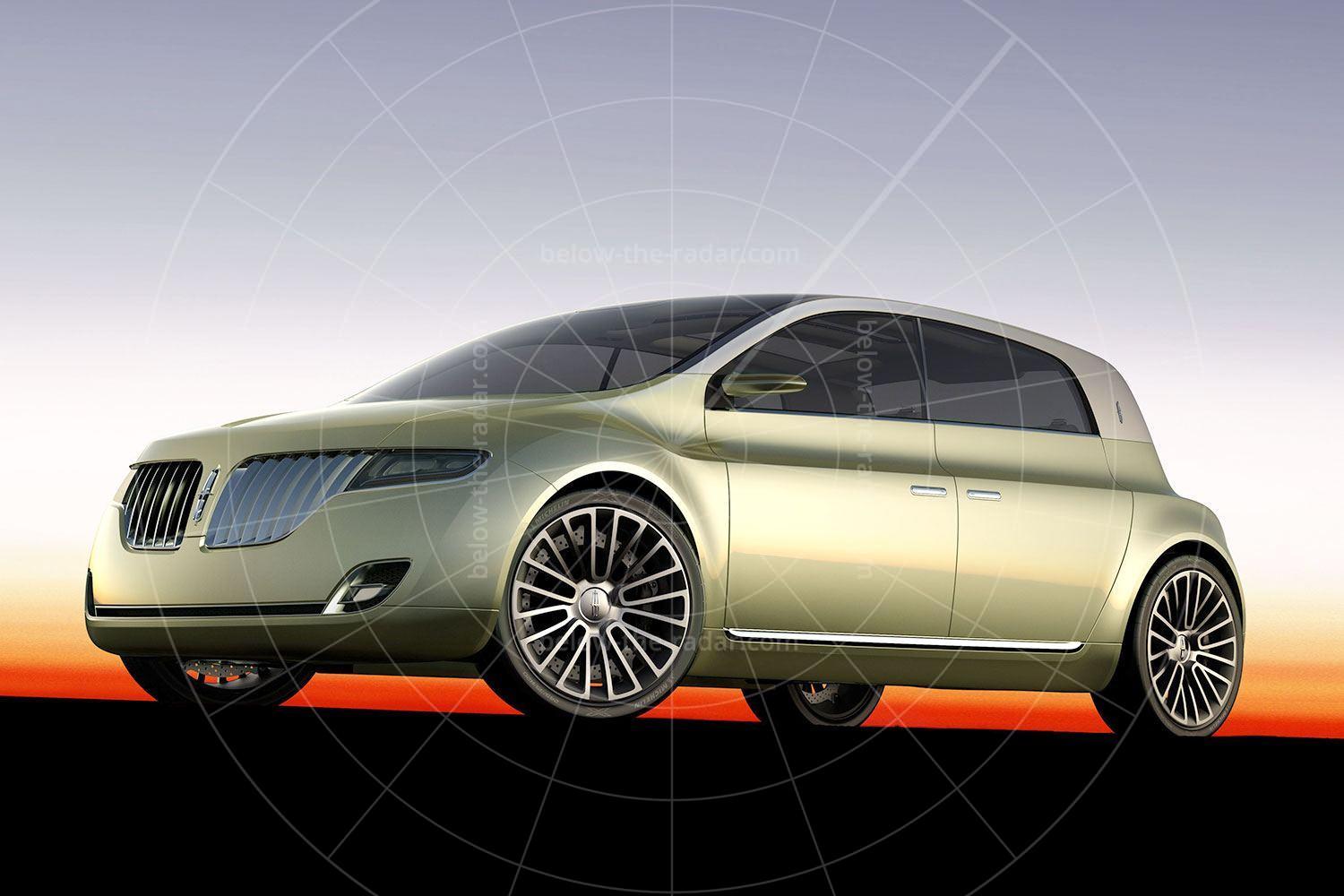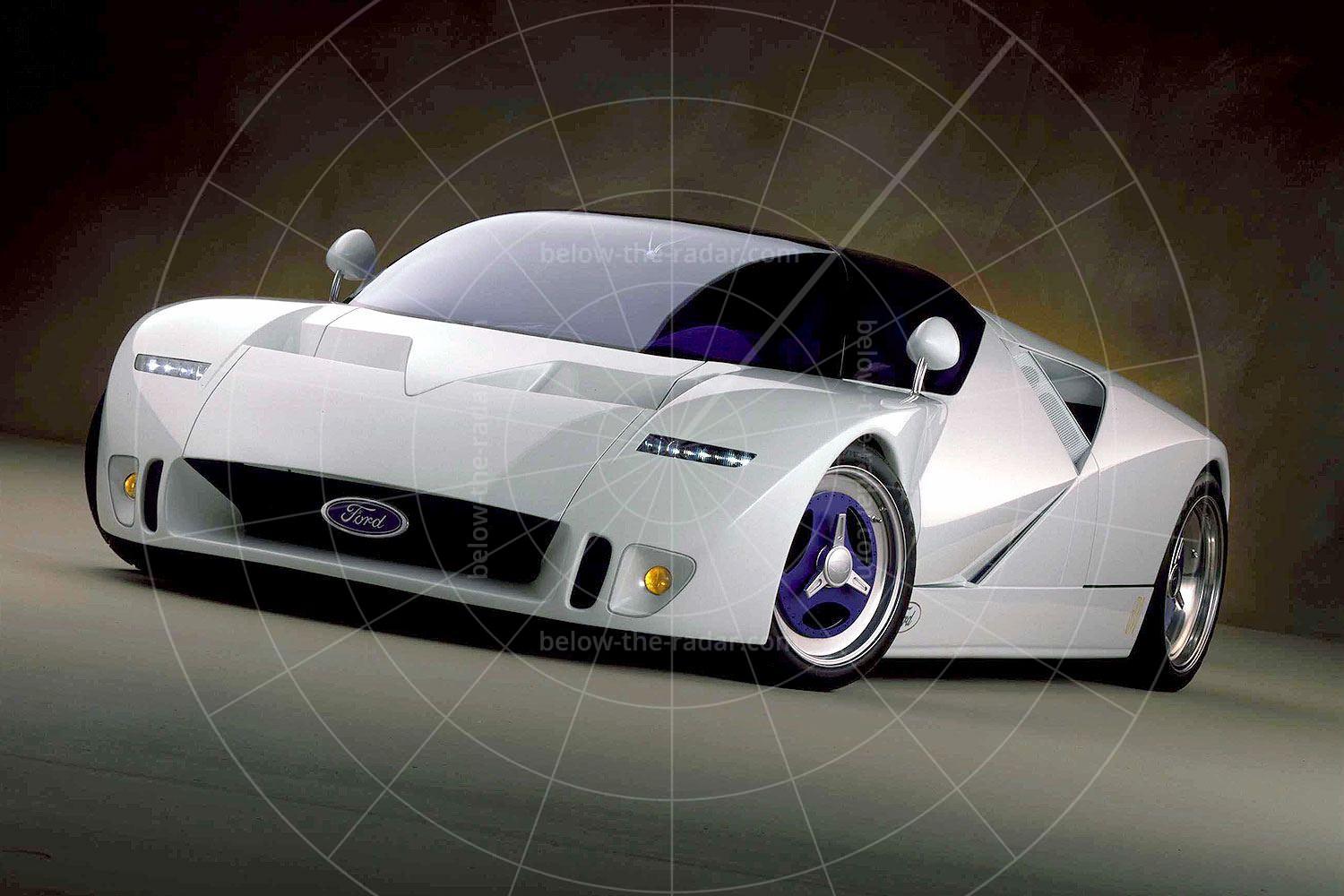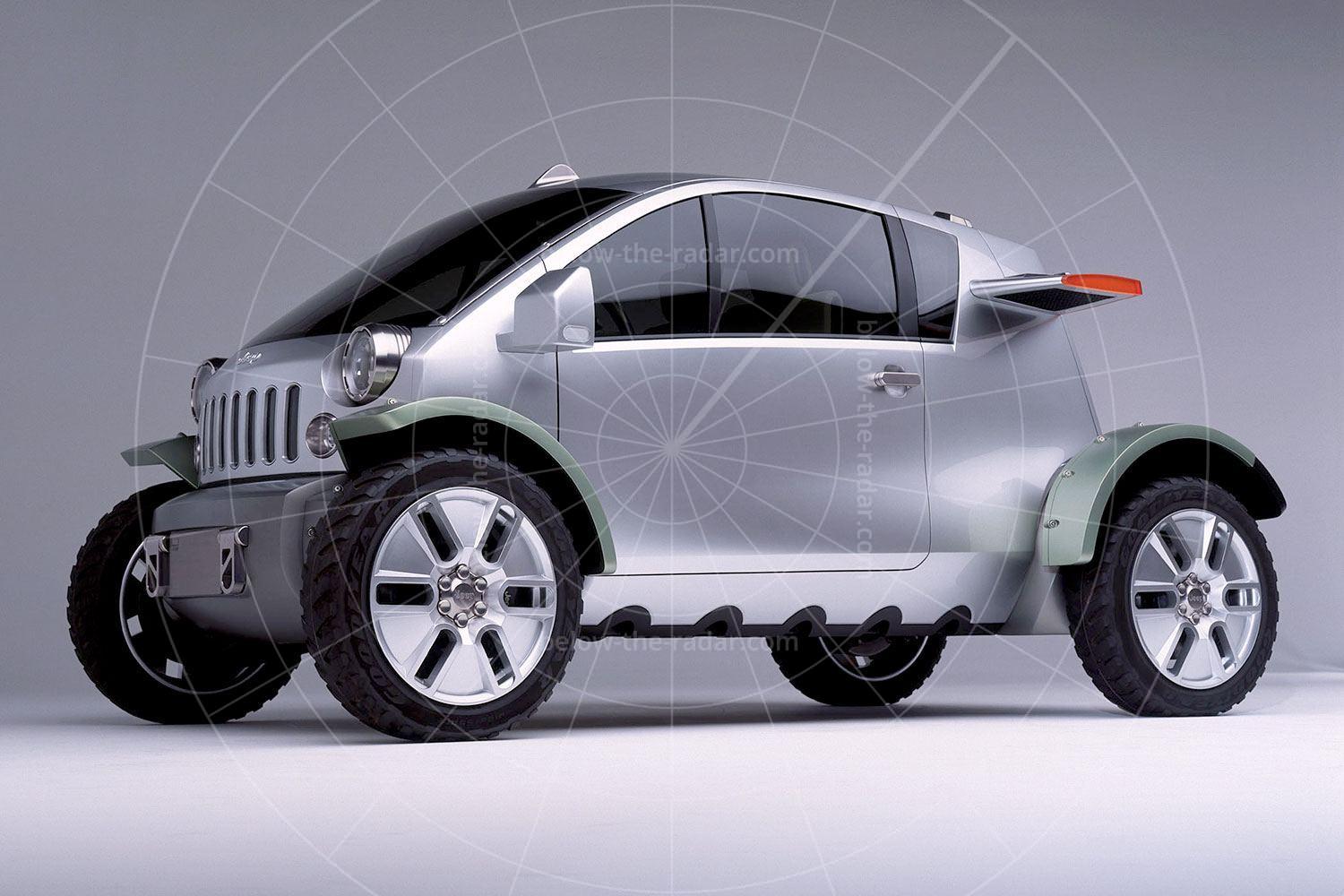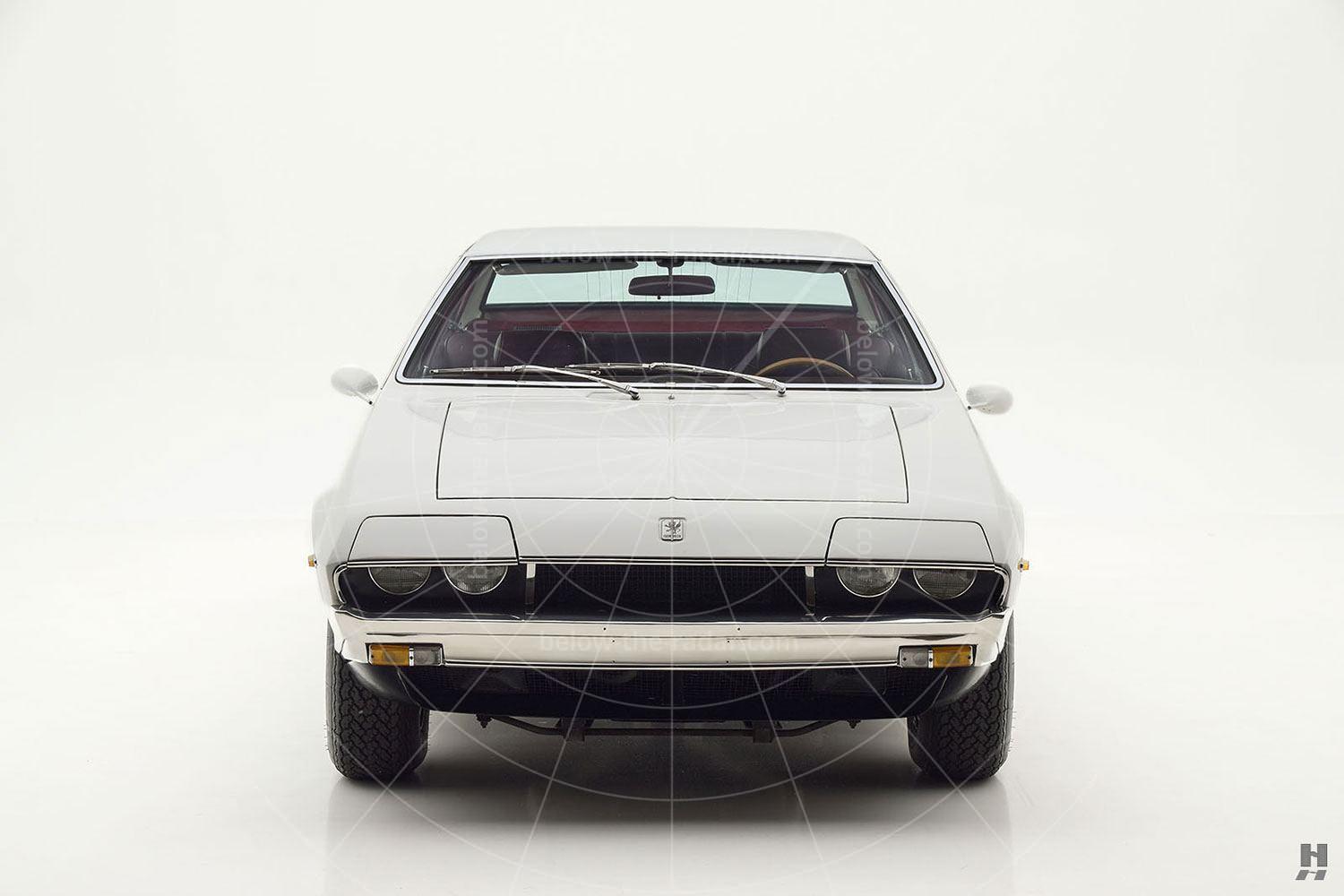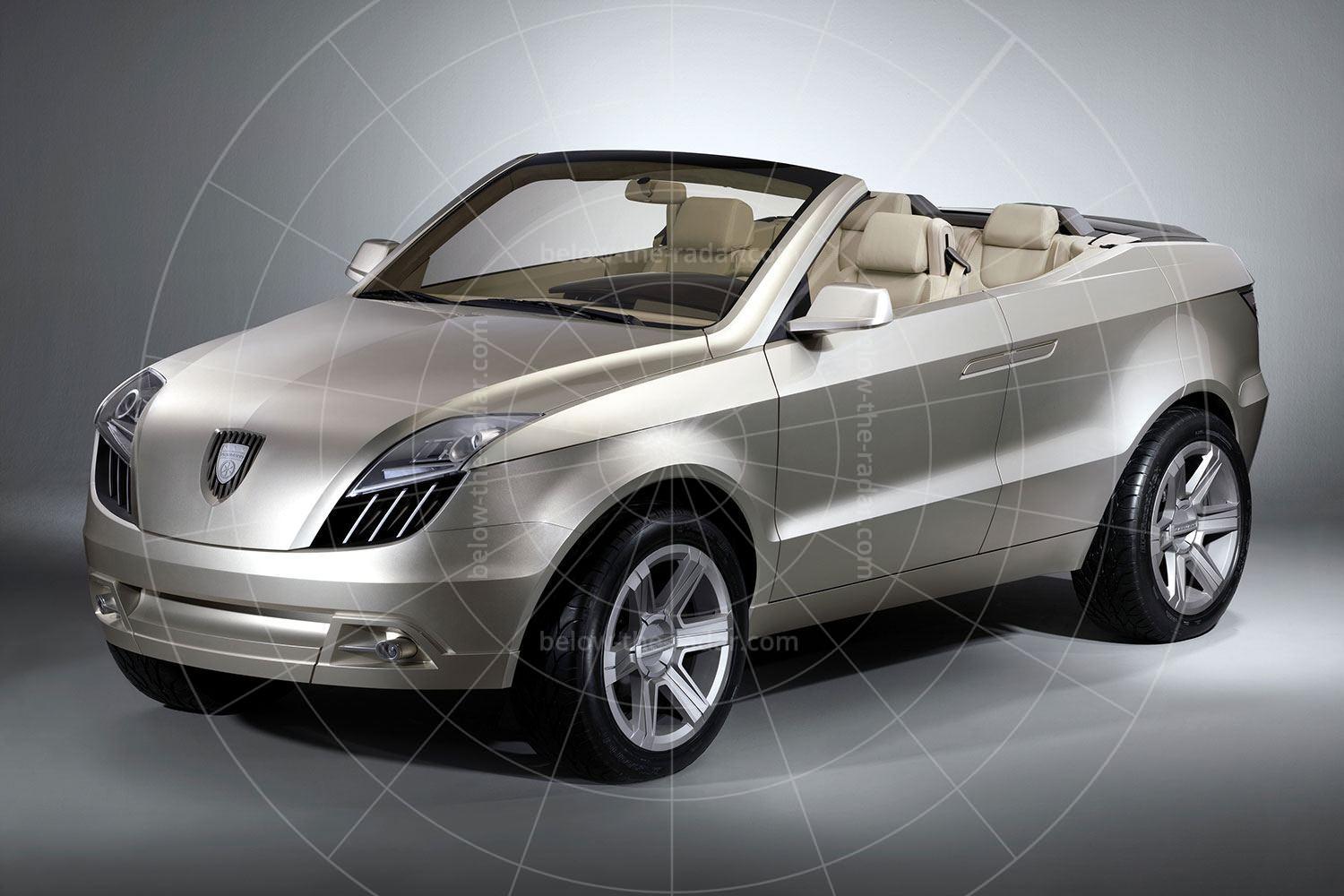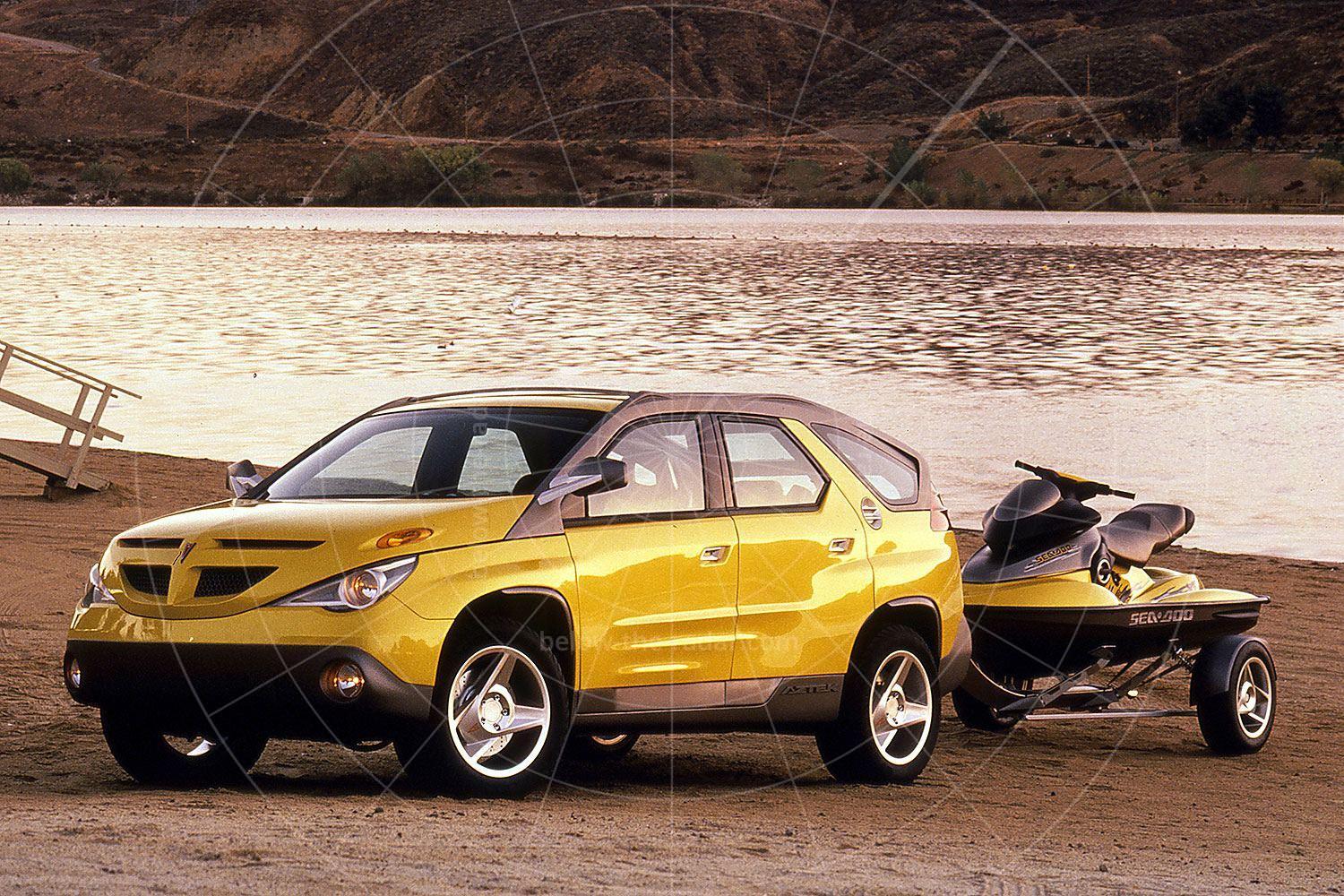The Volvo Amazon was always seen as a sporting saloon thanks to its predictable handling and sprightly performance, so it was a natural target for tuners who wanted to make it go even faster without having to sacrifice the car's usability. Not only that, but a choice of different bodystyles meant buyers could have a sporting coupé, saloon or even estate without the need to resort to special bodywork. As a result, some British police forces ran tuned Amazons knowing that they'd be reliable while still being able to keep up with villains who were using increasingly fast cars in an attempt to get away.
Perhaps the best-known of the Amazon tuners was Ken Rudd, who having hung up his racing helmet devoted himself to making cars go faster, especially the Amazon. He offered upgrades for saloons, coupés and estates at a time when estates were seen as nothing other than utilitarian workhorses. By focusing on allowing the cylinder head to breathe better, along with fitting spicier camshafts, uprated valve springs and tweaked carburation, Ken Rudd was able to build Amazons that really flew.
The new camshaft offered increased lift and overlap while the stronger valve springs increased the safe rev limit to around 6000rpm, which was also where the peak power output of 108bhp was now achieved. To help deliver this there were fresh needles for the twin SU HS6 carburettors fitted by the factory, while a polished cylinder head and a raised compression ratio (now 10.5:1) also did their bit to boost power.
One of the key fitments was an all-new exhaust system which allowed the five-bearing four-cylinder engine to breathe more easily. A Ruddspeed design, there was a tubular steel four-branch manifold which led into a straight-through silencer which then exited via twin tailpipes. The gearbox and clutch remained untouched, but to cope with the extra power the suspension was heavily revised.
Both the front and rear coil springs were cut down to reduce the ride height by about 1.5 inches, while stiffer Koni dampers were fitted to reduce roll in corners at high speed. To round things off (as it were), Pirelli Cinturato tyres were fitted, but the interior was left standard (aside from some extra soundproofing), and so too were the brakes.
It’s not known how many Amazons Rudd worked his magic upon, but it’s reckoned the figure could be as high as 200, although few seem to survive. Perhaps many later owners didn’t know what they had, the discreet badging not being obvious enough; Rudd attached a small yellow logo beside the factory-fitted 121/122S badging along with an identification plate on the cylinder head.
When Patrick McNally tested a Ruddspeed 121 (registered 5 NBP) for Autosport in 1964 he was glowing in his praise, claiming it was a truly sporty drive, but one which gave away nothing in terms of practicality. The top speed now stood at 107mph while the standing quarter-mile could be despatched in just under 18 seconds, which was incredibly quick for a four-door saloon which could carry five adults in comfort. It was affordable too, with its £1245 price tag.
McNally wrote: “With perhaps the exception of the Janspeed Mini Cooper S that I drove last year I have never driven a car which cornered so quickly with so little fuss. As regards the lack of dramatics when cornering, this can be put down to the absence of body roll and pitch, both of which have been obviated almost completely”.
To summarise, McNally stated: “It is difficult to explain why the Volvo was always used in preference to other faster cars at my disposal. Perhaps because journeys were made in identical times with far less effort and considerable saving of bad language. All passengers, whether enthusiasts or elderly people (these were presumably seen as mutually exclusive groups! – Ed), had good words for the comfort, and the latter were not aware of the speed they were travelling – a great advantage!”
Just in case even this wasn’t quick enough for some, Rudd also developed an Amazon with the same mechanical upgrades, but with a pair of Weber carburettors in place of the SUs more usually fitted. Capable of cutting the 0-60mph time to around nine seconds, with a stand quarter-mile time below 16 seconds, flexibility was something of an issue compared with the SU-equipped cars, but if ultimate performance was your thing, this was the Amazon for you.
And estates too...
Because the Amazon estate was mechanically identical to its saloon sibling, Ken Rudd could also work his magic on it. And when it came to Q cars, few were as understated as this one; it looked like a true workhorse yet it could really shift.
Offering 118bhp thanks to a wilder camshaft, twin SU carburettors, a more free-flowing exhaust and a modified cylinder head, the Ruddspeed Amazon estate was able to sprint from rest to 60mph in just 12.2 seconds – a year earlier The Autocar’s road testers had clocked a standard car at 21.1 seconds. Similarly the 60-80mph time in top gear was slashed from 22.5 seconds to just 10.9 seconds, which meant Ruddspeed was offering something to British car buyers which at the time was probably unique – an affordable and reliable performance estate.
Because at first the estate featured drum brakes all around, Rudd fitted the front discs more usually seen on the 122S saloon, a move that was particularly desirable with the extra weight and power. As with the saloon, there was added soundproofing and stiffer Koni dampers along with Pirelli Cinturato tyres. Amusingly, part of the package was a stick-on strip of metal which gave direct rpm readings in third and top gears from the speedometer. However, with smaller-radius tyres fitted this was woefully inaccurate – at a true 98mph the speedometer was showing 120mph. Not only that, but the odometer also over-read by nearly 18%, so an owner’s annual mileage would have quickly been racked up.
When The Autocar tested the Ruddpseed Amazon estate in August 1964, the magazine (unsurprisingly) was rather enthusiastic about it. Its summary ran: “Handling is very much improved, the car feeling firm on corners and barely rolling. When the load included four passengers, two big suitcases and a large packing case full of books, the ride still remained good and the extra performance made it very easy to keep up with unladen saloon cars of a similar capacity. With 118bhp to order, the Ruddpseed Volvo estate car is always an interesting way of travelling”.
| Vital statistics | |
|---|---|
| Engine | Front-mounted, 1778cc, 4-cylinder |
| Transmission | Four-speed manual, rear-wheel drive |
| Power | 118bhp |
| Top speed | 100mph |
| 0-60mph | 12.2 seconds |
| 0-90mph | 33.0 seconds |
| Price | £1399 (Amazon estate) |

